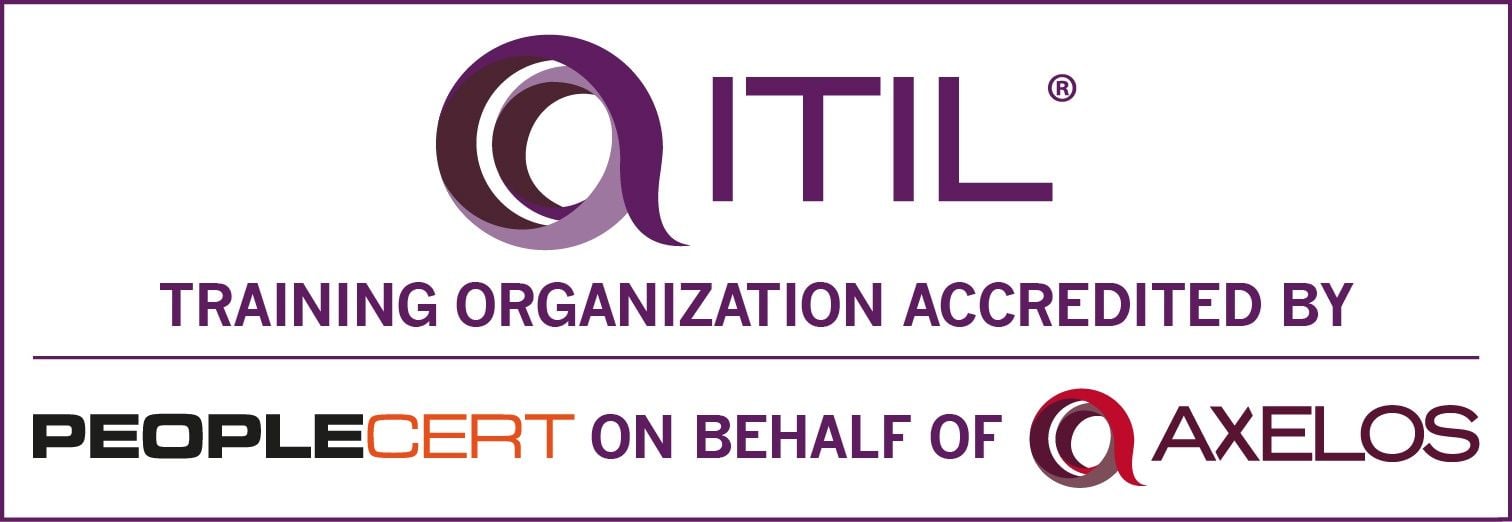Why We Must Cultivate Digital Dexterity in Our Organizations
Digital solutions only work as well as those who are wielding these new tools. We must encourage team members to be flexible in their thinking and skillset.
According to Gartner, 69% of organizations are accelerating their spend in digital tools and solutions in 2022. Yes, the COVID-19 disruption pushed mid-sized organizations to cut spending, but it also highlighted the need to boost technological capabilities and capacities to support the organization to adapt to the new (required) workforce environment.
The acquisition and implementation of new technologies, by itself, will not equate to success and growth of the organization. You’ll need a workforce that’s equipped to utilize those new technologies and take “work” to the next level. You’ll need team members who are relentless in continuously improving their digital dexterity.
What is Digital Dexterity?
Gartner defines digital dexterity as, “the ambition and ability (of individuals, teams, and organizations) to use technology for better business outcomes.” Digital dexterity describes the ability to embrace and utilize technologies—existing and emerging—to produce better outcomes for their organization.
Individuals with high digital dexterity are those whose knowledgebase is always “under construction.” They’re always “becoming” when it comes to personal/professional development. These individuals are constantly upskilling and are consistently looking for ways to improve, elevate, and innovate.
According to Gartner’s 2018 Digital Dexterity Survey, only 16% of leaders (9% of employees) have high digital dexterity. As leaders and professionals of this industry, we play a critical role in closing this digital dexterity gap in our organizations.
A digital dexterity gap is the relation between the rate of technology diffusion (technology introduction and dependence) and the ability of employees to exploit technology. Closing the gap minimizes wasted potential to amplify business success through technology. The study also shows that organizations with high digital dexterity are 3.3 times more likely to succeed in digital transformation.
Utility Players
As Jim Collins emphasizes in his seminal book Good to Great, we need to think about first the who, and then the what. This means that if we are to have a team and an organization that has high digital dexterity, it must consist of individuals who are capable of being digitally dexterous.
In baseball, there is great value in this type of team member. They are called utility players, or players who are capable of playing multiple positions in the field. Team managers consider utility players invaluable because they bring flexibility in adjusting the lineup depending on the situation.
In the organizations we represent, it’s important to hire, develop, and nurture utility players. These team members are those who thrive in different positions and functions. They embrace change and are always willing to learn and relearn. They can scale and adjust the way they work—making them suited to be in the forefront of change and diffusion of new technologies.
At Navy Federal, we consider job rotations as the center of leadership development. We value leaders who are capable of success in a variety of areas within the credit union. Job rotations are a pillar in developing executives within our organization. This acknowledges the importance of adaptability of executives in any successful organization.
How to Build Digital Dexterity in your Organization?
As leaders in our respective organization, we can influence the success in building digital dexterity in the workplace. Here are some ways on how we can inspire high digital dexterity in our organizations:
Technology mastery and proficiency
Provide resources for team members to be proficient in existing and new technologies in the organization. Resources can mean training budget, time allotment, or exposure to experts.
Display digitally dexterous behavior
Be an example to your direct reports and peers. Demonstrate how you’re creating ways for you to learn and relearn technology.
Reward digitally dexterous behavior
Celebrate and/or reward accomplishments and activities that promote digital dexterity.
Cross-training/reskilling/upskilling
Create ways for team members to learn from each other. Provide opportunities for individuals to rotate or shadow different areas in your organization to learn a new skill.
If there is anything we have learned from the last two years of the pandemic, it’s that our businesses can never be too adaptable. Consider building a team of technological utility players in your organization.

)
)
)
)
)
)
)
)
)
)
